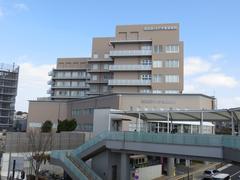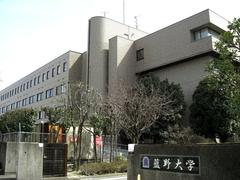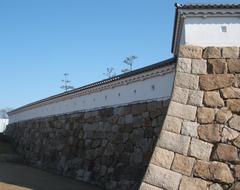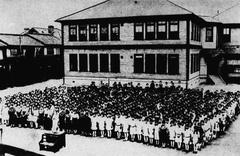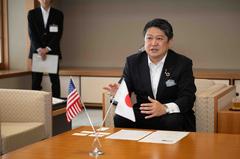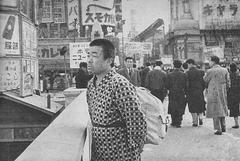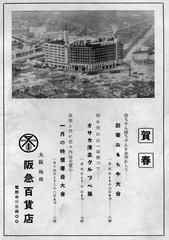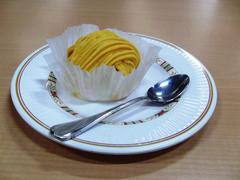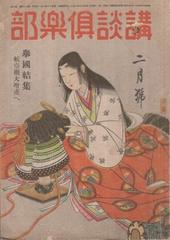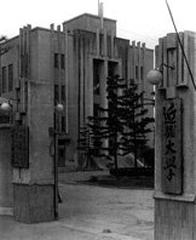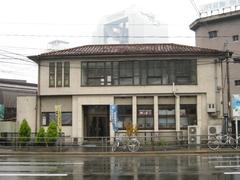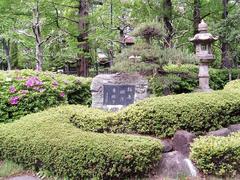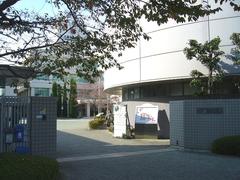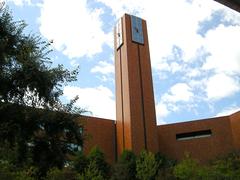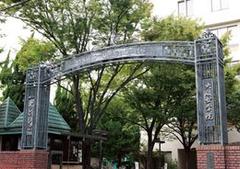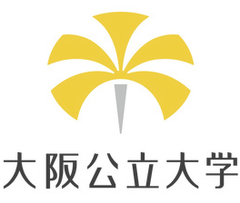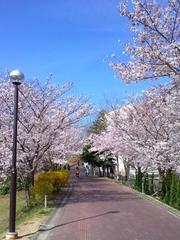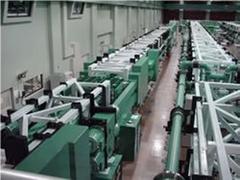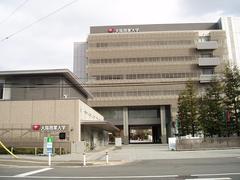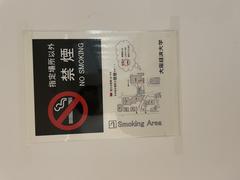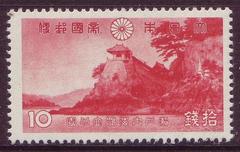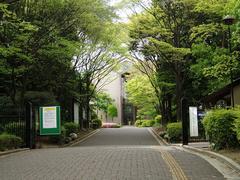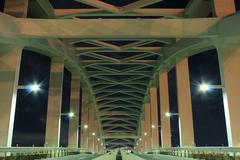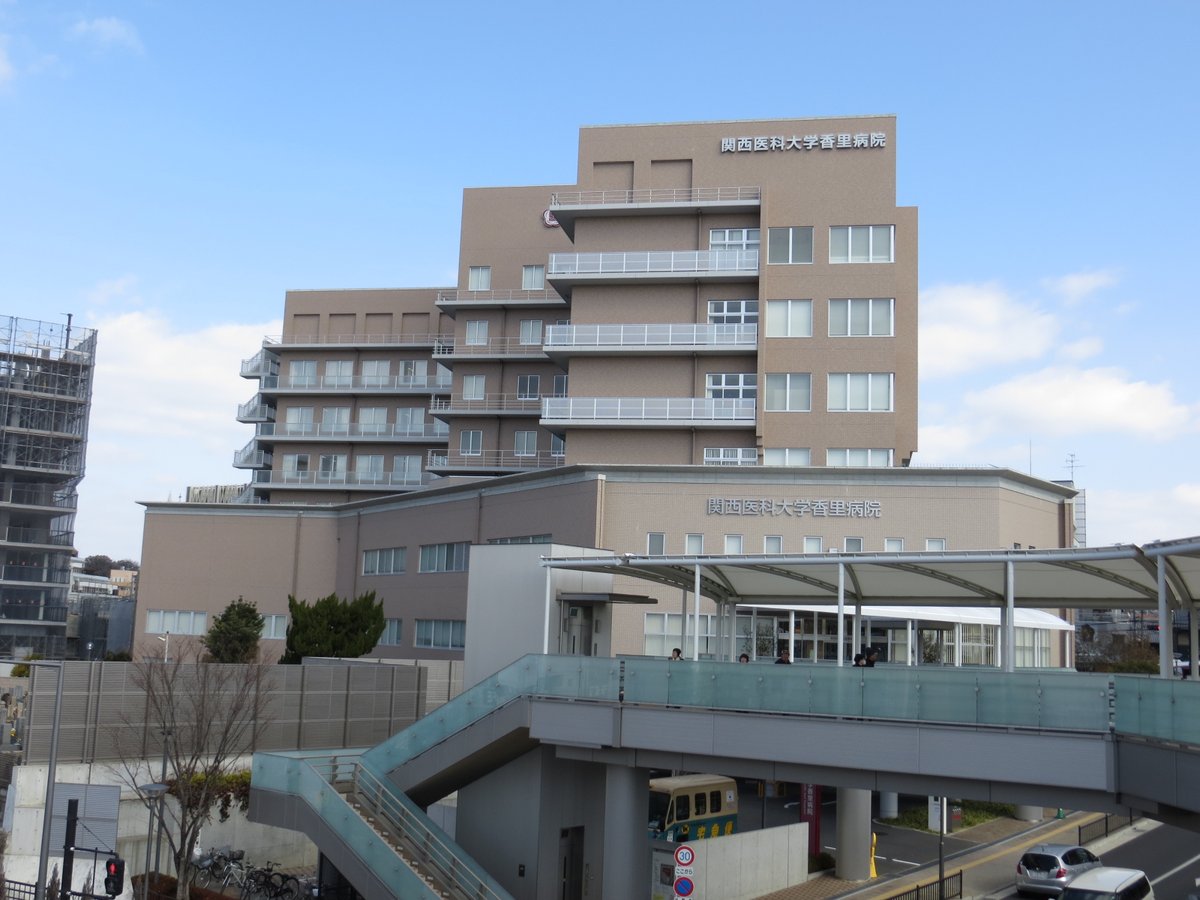
Kansai Medical University Visiting Hours, Tickets, and Osaka Historical Sites Guide
Date: 14/06/2025
Introduction: Kansai Medical University and Its Significance in Osaka
Situated in Hirakata City, Osaka Prefecture, Kansai Medical University (関西医科大学, Kansai Ika Daigaku) is a prestigious institution that combines a rich history with advanced medical education, research, and patient care. Founded in 1928 as Osaka Women’s Medical College, it was one of the first institutions in Japan dedicated to women’s medical education and became coeducational in 1954. Today, Kansai Medical University (KMU) enrolls over 2,000 students across Medicine, Nursing, and Rehabilitation faculties, and is renowned for its academic excellence and community-oriented mission (Kansai Medical University Official Website).
The campus is centrally located near Keihan Hirakatashi Station, making it easily accessible from both Osaka and Kyoto. Visitors can explore historical exhibits, state-of-the-art laboratories, and serene green spaces. The university’s affiliated hospitals and Health Corridor® network exemplify advanced Japanese clinical practices, while nearby attractions such as Hirakata Park and cultural landmarks enrich any visit (KMU Hospital Access).
Guide Overview: What You’ll Find
- Kansai Medical University’s history and educational legacy
- Visitor information: hours, tours, accessibility, and facilities
- Campus highlights and visitor experiences
- Guide to nearby Osaka historical sites and cultural attractions
- Frequently asked questions (FAQ)
- Academic programs and hospital services
- Planning tips and further resources
Kansai Medical University: Historical and Visitor’s Guide
Kansai Medical University is a beacon of medical education and cultural heritage in the Kansai region. Whether you are interested in the history of women in medicine or exploring Osaka’s academic and cultural landscape, KMU offers a unique combination of educational excellence and historical significance.
About Kansai Medical University
Founded in 1928, KMU was a pioneer in women’s medical education in Japan. Its transformation into a coeducational university in 1954 marked the beginning of a new era, and today, it serves over 2,000 students in Medicine, Nursing, and Rehabilitation. The university’s strategic location between Osaka and Kyoto makes it both accessible and culturally significant, reflecting the region’s evolving healthcare landscape (Official Website).
Visitor Information: Hours, Tours, and Accessibility
- Campus Visiting Hours: Weekdays, 9:00 AM – 5:00 PM. Some buildings may have restricted access due to academic or clinical activities.
- Guided Tours: Available by appointment. Tours showcase historical exhibits, research facilities, and affiliated hospitals. Advance booking is recommended.
- Tickets and Entry: Campus entry and most exhibitions are free. Special events and seminars may require registration.
- Accessibility: The campus is wheelchair accessible, with elevators, ramps, and accessible restrooms. Hirakata City is well-connected by train, making travel from major cities easy (KMU Hospital Access).
Campus Highlights
- Historical Exhibits: Discover the university’s pioneering role in women’s medical education and its contribution to gender equality in medicine.
- Research Centers & Hospitals: Explore advanced research laboratories and clinical facilities.
- Cultural Events: Attend public lectures and health seminars that foster community engagement.
- Scenic Spots: The blend of modern and traditional architecture, along with green spaces, provides excellent photographic opportunities.
Nearby Attractions: Enhance Your Visit
While visiting KMU, consider these nearby attractions:
- Hirakata Park: A popular amusement park with gardens and seasonal events.
- Kuzuha Mall: A vibrant shopping and dining destination.
- Osaka and Kyoto Landmarks: Temples, museums, and historic neighborhoods are easily accessible by train.
Kansai Medical University Hospital: Advanced Patient Services
The flagship KMU Hospital offers comprehensive care across more than 30 clinical departments, including internal medicine, surgery, pediatrics, neurology, and cardiology (KMU Hospital Departments). The hospital features advanced diagnostic imaging and robotic surgery suites, prioritizing patient-centered, multilingual care. Free English interpreter services are available for foreign patients by advance request (Interpreter Service Details).
- Outpatient Hours: Monday–Friday, 8:30 AM – 11:30 AM.
- Closed: 2nd and 4th Saturdays, Sundays, national holidays, and December 29–January 3.
- Referral Letters: Required for consultations; otherwise, an extra fee of 7,000 yen plus tax applies.
Academic Excellence and Educational Programs
KMU is recognized for its high research impact and educational standards:
- Ranked among the world’s top 800 universities, and 11th in Japan, in the Times Higher Education World University Rankings 2023 (KMU THE Ranking).
- Emphasizes the founding spirit of Jijinshinkyo—“Benevolence, Compassion and Empathy” (KMU Educational Philosophy).
Programs Offered:
- Undergraduate: Six-year Doctor of Medicine (MD) program.
- Graduate: Master’s and doctoral degrees in medical sciences and public health.
- Residency: Specialist training in collaboration with affiliated hospitals.
- International Exchange: Partnerships for student and faculty mobility.
The Health Corridor®: KMU’s Network of Hospitals
KMU’s Health Corridor® comprises affiliated hospitals and clinics along the Keihan Railway Line, including Kansai Medical University Medical Center, Kori Hospital, Kuzuha Hospital, Tenmabashi General Clinic, and Kuzuha Station Health and Checkup Center (KMU Affiliated Hospitals). This network enriches clinical training and community health outreach.
Campus Layout and Facilities
Located at 2-3-1 Shinmachi, Hirakata-shi, Osaka 573-1191, the campus is a short walk from Keihan Hirakatashi Station. Key campus zones include:
- Academic Zone: Modern lecture halls and classrooms with advanced AV technology.
- Research Zone: State-of-the-art labs for molecular biology, genetics, and regenerative medicine.
- Clinical Zone: Directly connected hospital and clinical centers.
- Student Life Zone: Cafeterias, study spaces, lounges, and recreational areas.
- Green Spaces: Tranquil gardens and courtyards for relaxation.
All areas are accessible, with bilingual signage and barrier-free design.
Visitor Facilities and Media Policies
- Amenities: Multiple cafeterias, convenience stores, Wi-Fi-enabled lounges, and accessible restrooms.
- Photography: Allowed in public spaces; respect privacy and posted restrictions in clinical or research areas.
Exploring Hirakata and Osaka: Culture Nearby
Hirakata’s location offers easy access to Osaka’s dynamic urban culture and Kyoto’s historic sites. Enjoy seasonal festivals, culinary specialties, and local events (Osaka Events Guide).
Frequently Asked Questions (FAQ)
Q: Is there an entrance fee?
A: Campus and hospital visits are free; some events may require registration.
Q: Are tours available all year?
A: Guided tours are mainly during Open Campus Days and special events. Check the official website for details.
Q: Are international visitors welcome?
A: Yes, with interpreter services available upon reservation.
Q: How do I get to KMU from Osaka?
A: Take the Keihan Railway to Hirakatashi Station; the campus is a three-minute walk away.
Q: Can I take photos on campus?
A: Yes, in public areas. Please avoid clinical zones and respect privacy.
Plan Your Visit and Stay Connected
For the latest updates on hours, tours, and events:
- Visit the Kansai Medical University Hospital English website
- Explore KMU Global
- Download the Audiala app for interactive maps, schedules, and personalized visitor guides.
Exploring Osaka Castle: Visiting Hours, Tickets, and Nearby Historical Sites
Introduction
Osaka Castle is a celebrated symbol of Japanese heritage. Located in central Osaka, the castle draws millions of visitors for its majestic architecture, gardens, and exhibitions. Below is a concise guide for planning your visit.
History and Cultural Significance
Built in 1583 by Toyotomi Hideyoshi, Osaka Castle was central to Japan’s unification in the Azuchi-Momoyama period. The current main tower, reconstructed in 1931, houses a museum with extensive historical exhibits (Osaka Castle Official Site).
Visiting Hours and Ticket Information
- Open: Daily, 9:00 AM – 5:00 PM (last admission 4:30 PM)
- Closed: December 28–30
- Tickets: Adults 600 yen, children (6–15) 200 yen. Buy at the entrance or online.
- Discounts: Group and combo tickets with nearby attractions available.
Access and Transportation
- Train: Osakajokoen Station (JR Loop Line), 10 minutes on foot.
- Subway: Tanimachi 4-chome Station (Tanimachi/Chuo Lines).
- From Kansai Airport: JR Haruka Express to Tennoji, then JR Loop Line.
Nearby Sites
- Nishinomaru Garden: Seasonal cherry blossoms and views.
- Osaka Museum of History: Walkable from the castle.
- Temmabashi/Dotonbori: Cultural and entertainment districts.
Accessibility and Amenities
Ramps, elevators, multilingual signage, and audio guides are available. Facilities include restrooms, lockers, and gift shops.
Events and Tours
- Festivals: Cherry Blossom Festival (spring), Autumn Moon Viewing (fall).
- Guided Tours: Multilingual, available on request.
- Night Illumination: On special evenings.
Photography Tips
- Top spots: Nishinomaru Garden, moat bridges, elevated viewpoints.
- Visit early or late for the best light and fewer crowds.
FAQs
Q: Can I bring a stroller into the main tower?
A: Elevators are available, but some areas have limited access.
Q: Are pets allowed?
A: Not inside buildings, but permitted in outdoor areas.
Q: Is parking available?
A: Limited paid lots. Public transport is recommended.
Q: Food and drinks?
A: On-site cafes, vending machines, and picnic spots.
Additional Resources
Visiting Hirakata Shrine: Hours, Tickets, and Travel Guide
Overview
Hirakata Shrine is a tranquil historical monument in Hirakata, offering a serene atmosphere and a glimpse into Japanese tradition. This guide includes essential details for your visit.
Location and Access
Located a 10-minute walk from Hirakatashi Station on the Keihan Railway, Hirakata Shrine is easily reached from Osaka and Kyoto (KMU Global). Kansai International Airport also provides straightforward connections.
- Parking: Limited. Public transport is recommended.
Visiting Hours and Ticketing
- Open: Daily, 8:00 AM – 5:00 PM.
- Admission: Free. Special exhibitions or events may require tickets.
- Ticket Purchase: Online or at the shrine for events/tours.
Tours and Events
- Guided tours (Japanese and English) by reservation.
- Annual Spring and Autumn Festivals feature ceremonies, performances, and local food.
Amenities and Accessibility
- Wheelchair-accessible pathways and restrooms.
- Rest areas, water fountains, and a gift shop with omamori (charms).
- Free Wi-Fi and electronic payments accepted.
Photography
- Ideal photo spots: torii gates, gardens, traditional structures.
- Morning and late afternoon provide the best lighting.
- Observe restrictions in sacred areas.
Nearby Attractions
- Hirakata Park: Amusement park with seasonal events.
- Riverside Cherry Blossoms: Popular in spring.
- Osaka and Kyoto: Both cities are a short train ride away.
Visitor Tips
- Best Seasons: Spring and autumn.
- Etiquette: Dress modestly, follow shrine customs, use translation apps if needed.
- Souvenirs: Gift shop on site.
FAQs
Q: Is there an entrance fee?
A: No, but some events may require tickets.
Q: Are English tours available?
A: Yes, by reservation.
Q: Is the shrine accessible?
A: Yes, with accessible facilities.
Q: Are souvenirs available?
A: Yes, at the shrine’s gift shop.
Q: Best time for photos?
A: Early morning or late afternoon.
Plan Your Visit
For event updates and tour bookings, visit the shrine’s official website and follow its social media. Download the Audiala app for interactive guides and personalized Kansai travel recommendations.
Summary and Recommendations for Exploring Kansai Medical University
Kansai Medical University represents a distinguished blend of tradition and innovation in Japanese medical education. Its historic role as a leader in women’s healthcare education, combined with its modern clinical and research facilities, makes it a compelling destination. Visitors can expect a welcoming, accessible campus, with opportunities to engage in historical, academic, and community events.
KMU’s location in Hirakata allows easy access to Osaka and Kyoto’s cultural richness, including attractions like Hirakata Park and local shrines. Whether you are a prospective student, a history enthusiast, or a cultural traveler, the university provides a rewarding and insightful experience.
For current information on visiting hours, tours, and academic programs, consult the Kansai Medical University Hospital English website and KMU Global. Download the Audiala app for interactive guides and real-time updates.
References
- Exploring Kansai Medical University: Visiting Hours, History, and Osaka’s Medical Education Landmark, 2024 (Kansai Medical University Official Website)
- Kansai Medical University: Visiting Hours, Facilities, and Academic Excellence in Hirakata, Osaka, 2024 (KMU Hospital Access)
- Kansai Medical University Global, 2024 (KMU THE Ranking)
- Osaka Castle Official Website
- Osaka Tourism Information
- Japan National Tourism Organization - Osaka
- KMU Global
- KMU Educational Philosophy
- Osaka Events Guide
- KMU Affiliated Hospitals
